| Product Name | TDP-43 Hexamutant (W→S) Monomers | |||||||||||||||||||||||||||||||||||||||||||||||||||||||||||||||||||||||||||||||||
| Description |
Human Recombinant TDP-43 (W68S, W113S, W172S, W334S, W385S, W412S) Mutant Monomers |
|||||||||||||||||||||||||||||||||||||||||||||||||||||||||||||||||||||||||||||||||
| Applications | WB | |||||||||||||||||||||||||||||||||||||||||||||||||||||||||||||||||||||||||||||||||
| Concentration | 1 mg/ml | |||||||||||||||||||||||||||||||||||||||||||||||||||||||||||||||||||||||||||||||||
| Conjugates |
No tag
StreptavidinProperties:
Biotin
|
|||||||||||||||||||||||||||||||||||||||||||||||||||||||||||||||||||||||||||||||||
| Nature | Recombinant | |||||||||||||||||||||||||||||||||||||||||||||||||||||||||||||||||||||||||||||||||
| Species | Human | |||||||||||||||||||||||||||||||||||||||||||||||||||||||||||||||||||||||||||||||||
| Expression System | E. coli | |||||||||||||||||||||||||||||||||||||||||||||||||||||||||||||||||||||||||||||||||
| Amino Acid Sequence | SEYIRVTEDENDEPIEIPSEDDGTVLLSTVTAQFPGACGLRYRNPVSQCMRGVRLVEGILHAPDAGSGNLVYVVNYPKDNKRKMDETDASSAVKVKRAVQKTSDLIVLGLPSKTTEQDLKEYFSTFGEVLMVQVKKDLKTGHSKGFGFVRFTEYETQVKVMSQRHMIDGRSCDCKLPNSKQSQDEPLRSRKVFVGRCTEDMTEDELREFFSQYGDVMDVFIPKPFRAFAFVTFADDQIAQSLCGEDLIIKGISVHISNAEPKHNSNRQLERSGRFGGNPGGFGNQGGFGNSRGGGAGLGNNQGSNMGGGMNFGAFSINPAMMAAAQAALQSSSGMMGMLASQQNQSGPSGNNQNQGNMQREPNQAFGSGNNSYSGSNSGAAIGSGSASNAGSGSGFNGGFGSSMDSKSSGSGM | |||||||||||||||||||||||||||||||||||||||||||||||||||||||||||||||||||||||||||||||||
| Purity | > 95% by A260/A280 | |||||||||||||||||||||||||||||||||||||||||||||||||||||||||||||||||||||||||||||||||
| Other Resources | Handling Instructions | |||||||||||||||||||||||||||||||||||||||||||||||||||||||||||||||||||||||||||||||||
| Protein Length | 413 AA | |||||||||||||||||||||||||||||||||||||||||||||||||||||||||||||||||||||||||||||||||
| Protein Size | 44.61 kDa | |||||||||||||||||||||||||||||||||||||||||||||||||||||||||||||||||||||||||||||||||
| Biological Activity | Not tested on monomer products; trial aggregation show non-fibrillar aggregated structures. | |||||||||||||||||||||||||||||||||||||||||||||||||||||||||||||||||||||||||||||||||
| Field of Use | Not for use in humans. Not for use in diagnostics or therapeutics. For in vitro research use only. | |||||||||||||||||||||||||||||||||||||||||||||||||||||||||||||||||||||||||||||||||
Properties
| Storage Buffer | 30mM Tris pH 7.4, 100 mM NaCl |
| Storage Temperature | -80ºC |
| Shipping Temperature | Dry Ice. Shipping note: Product will be shipped separately from other products purchased in the same order. |
| Purification | Affinity Purified |
| Cite This Product | Human Recombinant TDP-43 Hexamutant (W→S) Monomers (StressMarq Biosciences | Victoria, BC CANADA | Catalog# SPR-522) |
| Certificate of Analysis | Certified 95% pure using A260/A280 analysis and western blot analysis. Low endotoxin <5 EU/mL @ 1 mg/mL. |
| Other Relevant Information | Refer to the Neurodegenerative Protein Handling Instructions on our website, or the product datasheet for further information. |
Biological Description
| Alternative Names | TDP-43, TDP43, TARDBP, TAR DNA-binding protein 43, Transactive response DNA-binding protein 43, ALS10, TDP43_N domain-containing protein, TADBP_HUMAN, TADBP_MOUSE, TADBP_PONAB, TADBP_XENTR, TADBP_CHICK, TBPH, dmTDP43, dtar, dTBPH, dTDP, dTDP-43, tbph, TDPH, CG10327, Dmel_CG10327 |
| Research Areas | ALS Disease, Alzheimer's Disease, Neurodegeneration, Neuroscience, ALS |
| Accession Number | Q13148 |
| Gene ID | 23435 |
| Swiss Prot | Q13148 |
| Scientific Background | TAR DNA-binding protein 43 (TDP-43) is a ubiquitously expressed RNA/DNA-binding protein that plays a pivotal role in RNA processing, including RNA splicing, mRNA turnover, and microRNA biogenesis. Its pathological mislocalization from the nucleus to the cytoplasm, accompanied by aggregation and post-translational modifications, is a hallmark of several neurodegenerative diseases such as amyotrophic lateral sclerosis (ALS), frontotemporal lobar degeneration (FTLD), and Alzheimer’s disease. These TDP-43 proteinopathies disrupt nucleocytoplasmic transport and mitochondrial function, contributing to neuronal dysfunction and death. Recent studies have also highlighted TDP-43’s involvement in DNA repair and chromatin remodeling, expanding its relevance in neurobiology beyond RNA processing. Notably, Pokrishevsky et al. (2024) demonstrated that when all six tryptophans are mutated to serines (trpless), this significantly reduces the protein’s ability to cross-seed SOD1 aggregation. Our TDP-43 hexamutant monomers has shown a reduced propensity to aggregate. |
| References |
1. Chhangani, D., & Rincon-Limas, D. E. (2022). TDP-35, a truncated fragment of TDP-43, induces dose-dependent toxicity and apoptosis in flies. Neural regeneration research, 17(11), 2441–2442. https://doi.org/10.4103/1673-5374.338997 2. Meneses, A., Koga, S., O'Leary, J., Dickson, D. W., Bu, G., & Zhao, N. (2021). TDP-43 pathology in Alzheimer’s disease. Molecular Neurodegeneration, 16 (84). https://doi.org/10.1186/s13024-021-00503-x 3. Nilaver, B. I., & Urbanski, H. F. (2023). Mechanisms underlying TDP-43 pathology and neurodegeneration: An updated mini-review. Frontiers in Aging Neuroscience, 15: 1142617. https://doi.org/10.3389/fnagi.2023.1142617 4. Pokrishevsky, E., DuVal, M. G., McAlary, L., Louadi, S., Pozzi, S., Roman, A., Plotkin, S. S., Dijkstra, A., Julien, J. P., Allison, W. T., & Cashman, N. R. (2024). Tryptophan residues in TDP-43 and SOD1 modulate the cross-seeding and toxicity of SOD1. The Journal of biological chemistry, 300(5), 107207. https://doi.org/10.1016/j.jbc.2024.107207 |
Product Images
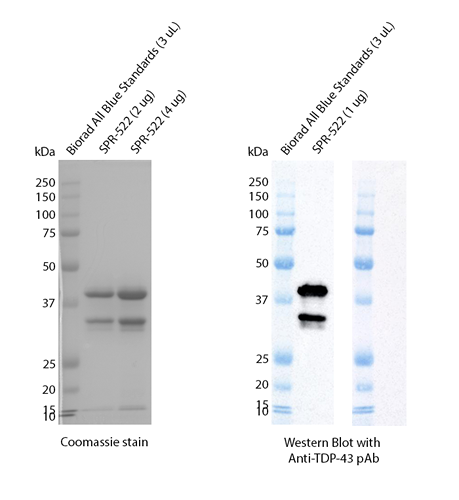
SDS-PAGE analysis of purified Human Recombinant TDP-43 Hexamutant Monomers (SPR-522) on a 12% Tris-Glycine SDS-PAGE gel (left). Western blot analysis of purified Human Recombinant TDP-43 Hexamutant Monomers, using a Rabbit anti-TDP-43 antibody (Rockland Immunochemicals, 600-401-FB4) as the primary, 1:1000; goat-anti-rabbit IgG:HRP H&L (Rockland Immunochemicals 611-103-122) as the secondary, 1:4000; exposed 1 second (right). The cleavage product observed at ~35 kDa is also recognized by the anti-TDP-43 antibody.

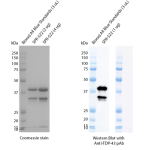
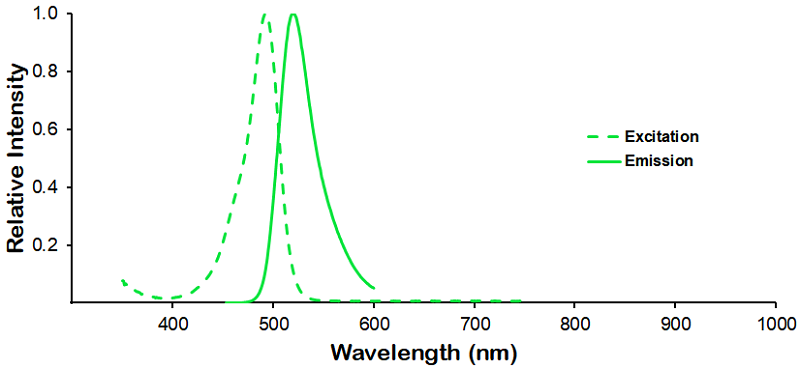
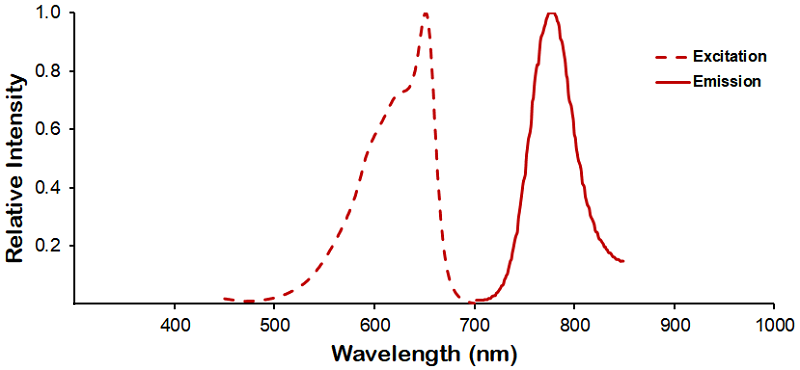
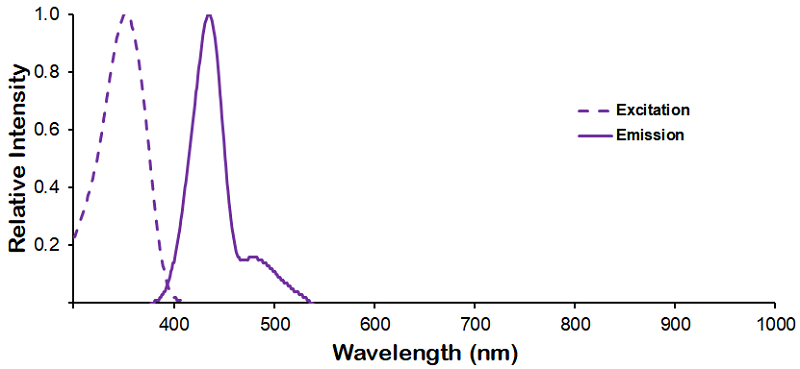
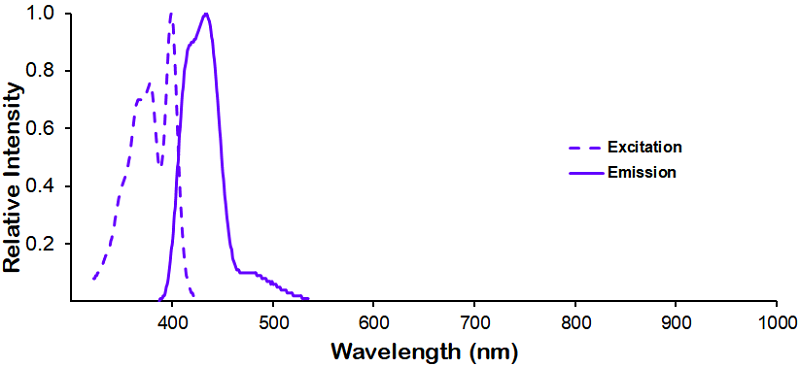
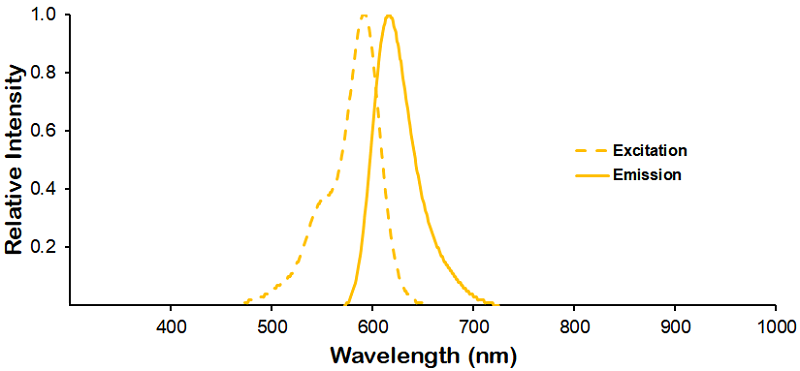
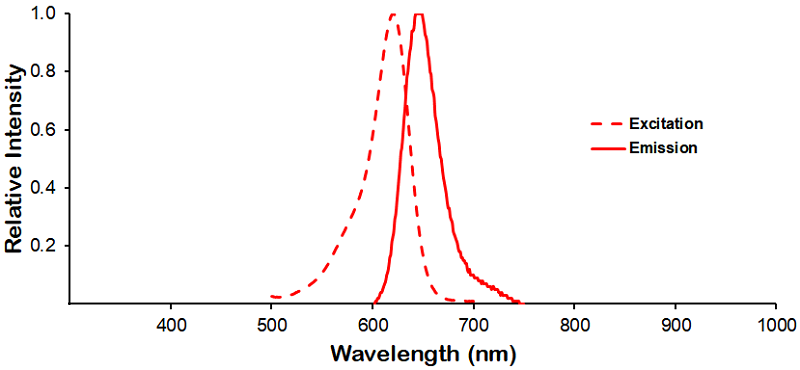
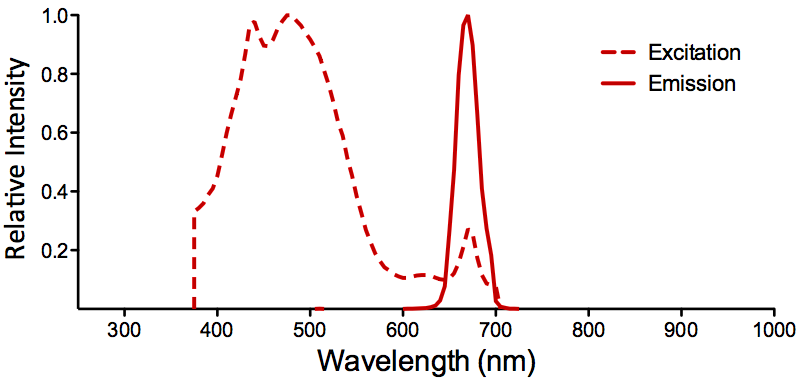
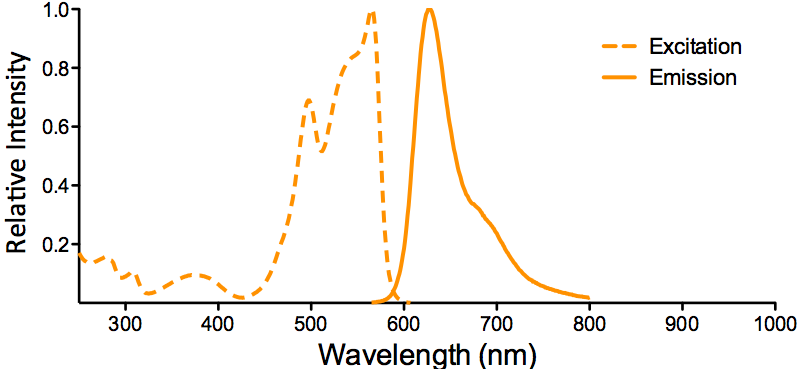
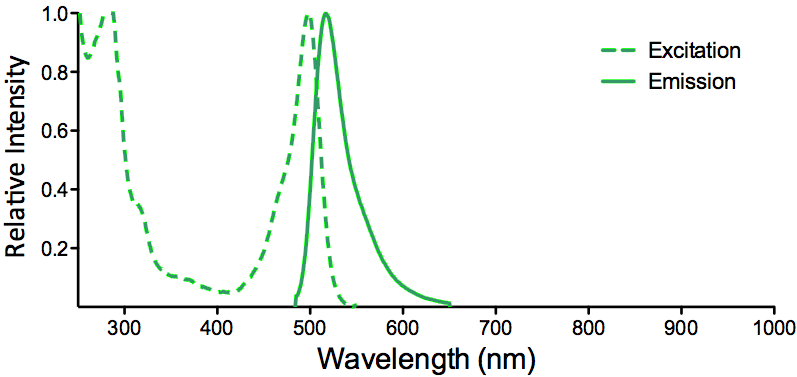
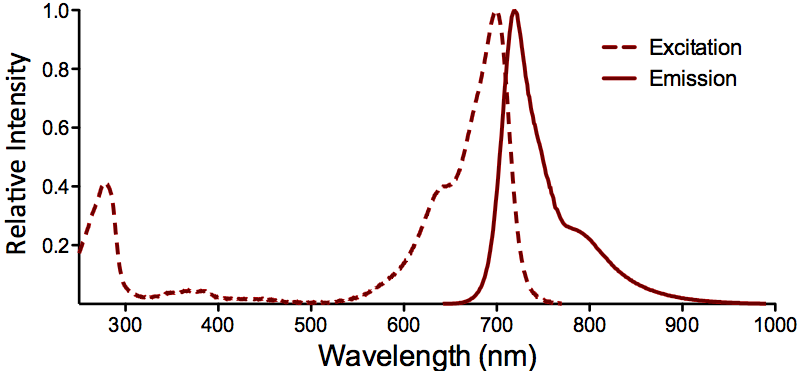
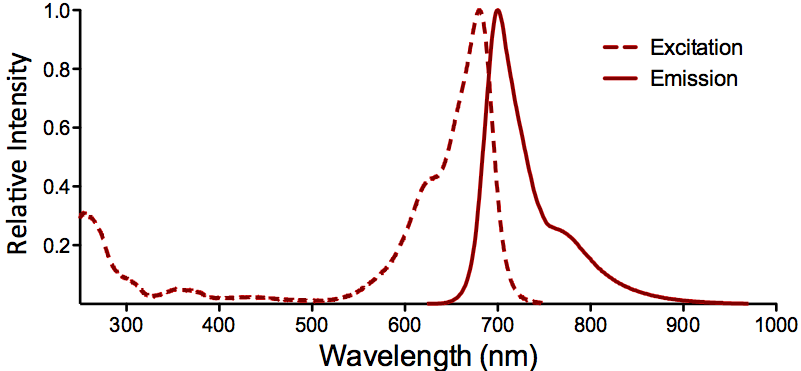
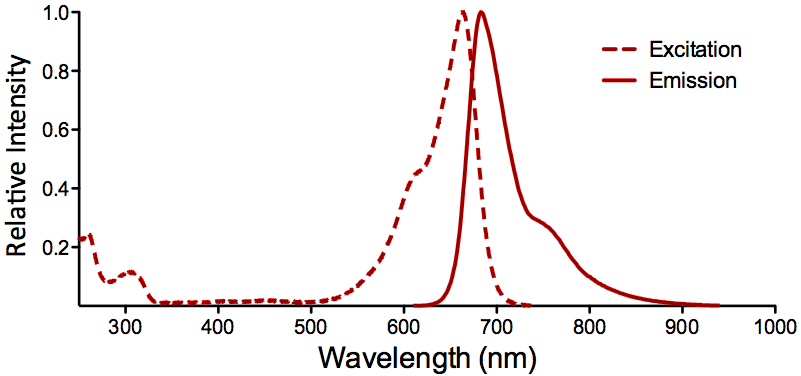
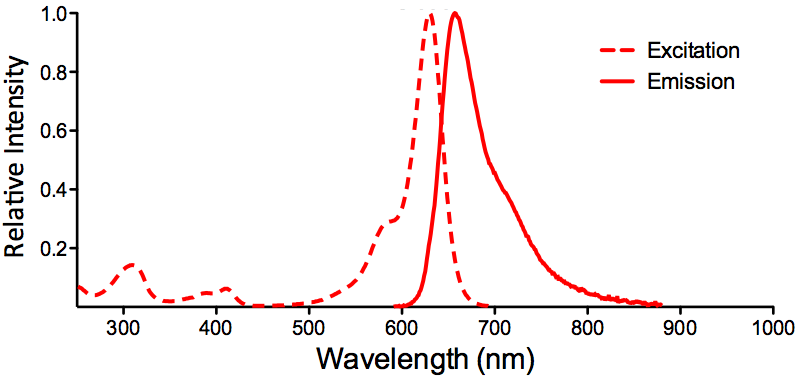
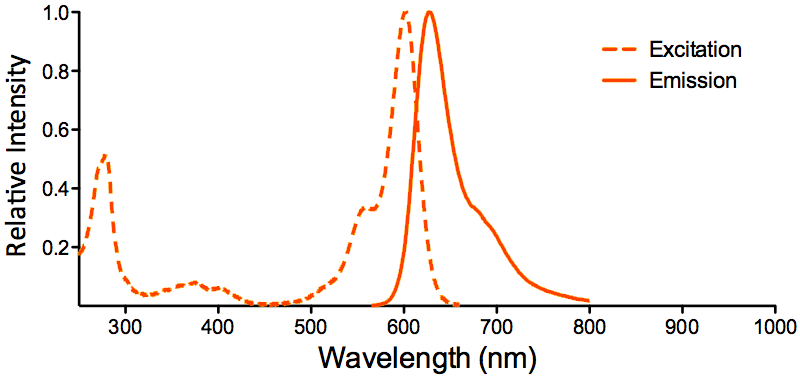
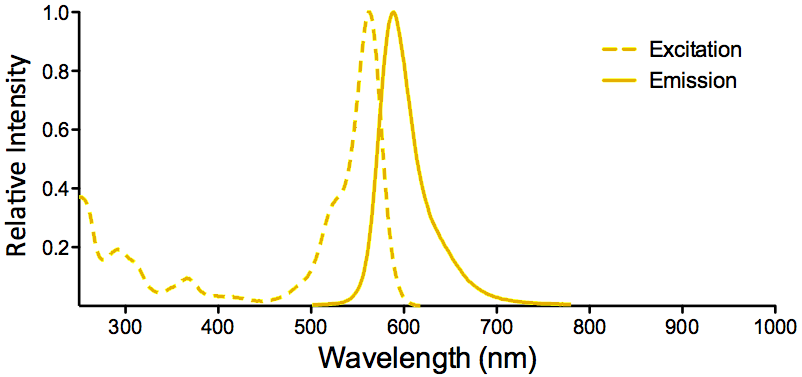
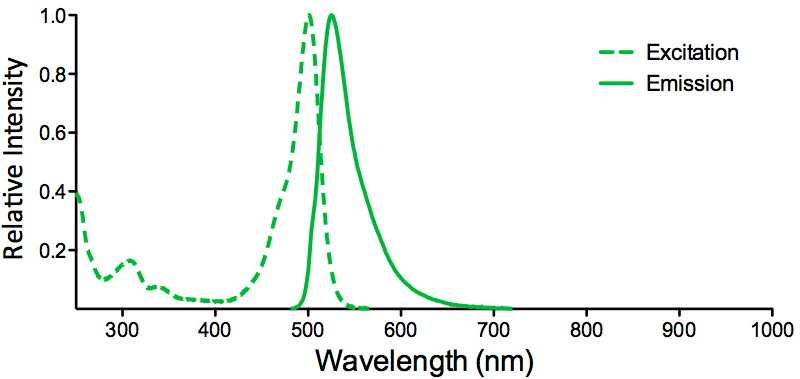
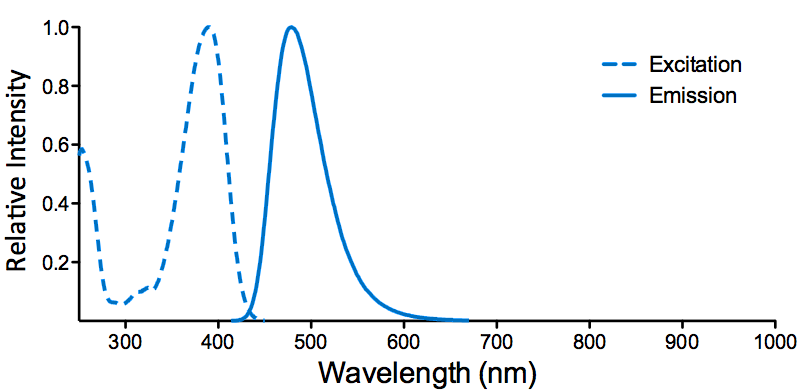
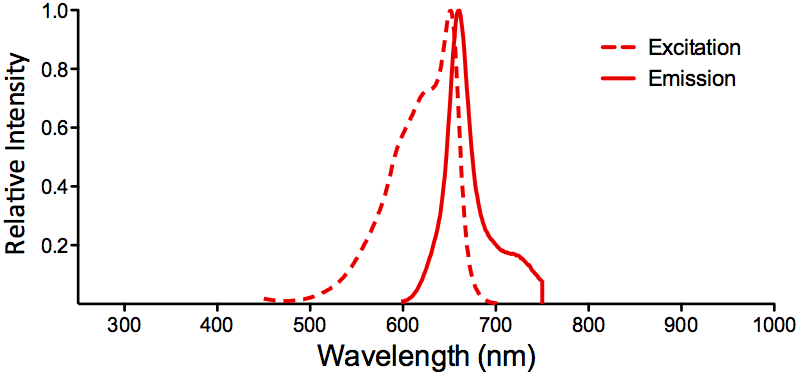
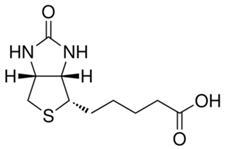
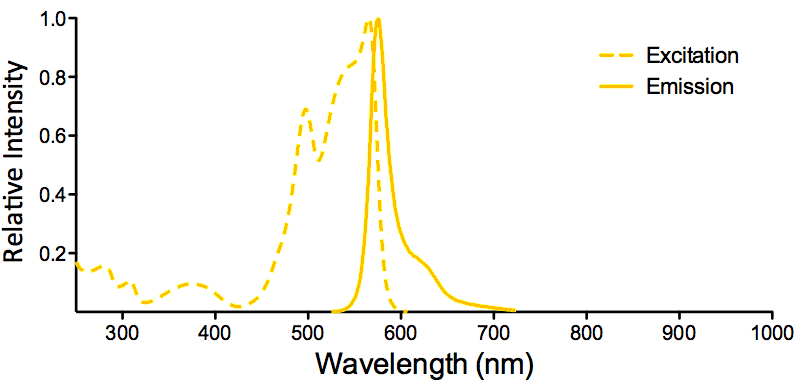
Reviews
There are no reviews yet.